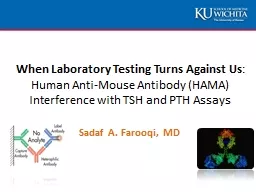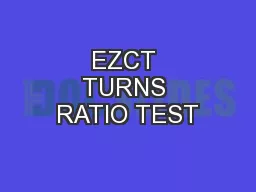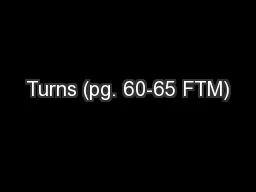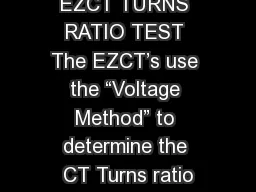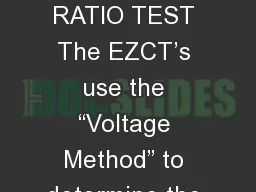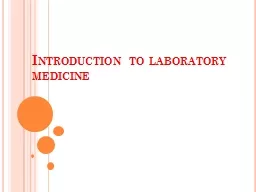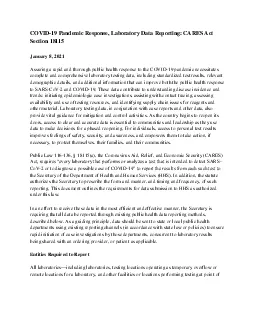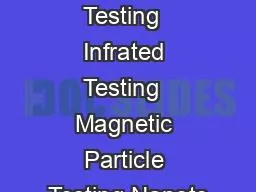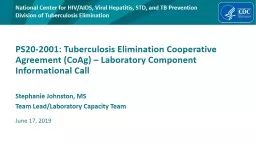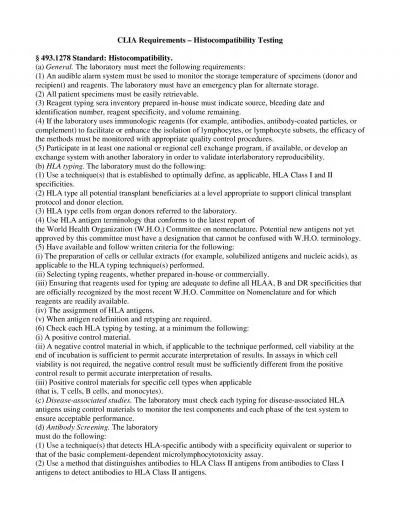PPT-When Laboratory Testing Turns Against Us
Author : alida-meadow | Published Date : 2020-04-03
Human AntiMouse Antibody HAMA Interference with TSH and PTH Assays Sadaf A Farooqi MD Disclosure No conflict of interest for the authors Sadaf Farooqi MD
Presentation Embed Code
Download Presentation
Download Presentation The PPT/PDF document " When Laboratory Testing Turns Against U..." is the property of its rightful owner. Permission is granted to download and print the materials on this website for personal, non-commercial use only, and to display it on your personal computer provided you do not modify the materials and that you retain all copyright notices contained in the materials. By downloading content from our website, you accept the terms of this agreement.
When Laboratory Testing Turns Against Us: Transcript
Download Rules Of Document
" When Laboratory Testing Turns Against Us"The content belongs to its owner. You may download and print it for personal use, without modification, and keep all copyright notices. By downloading, you agree to these terms.
Related Documents

